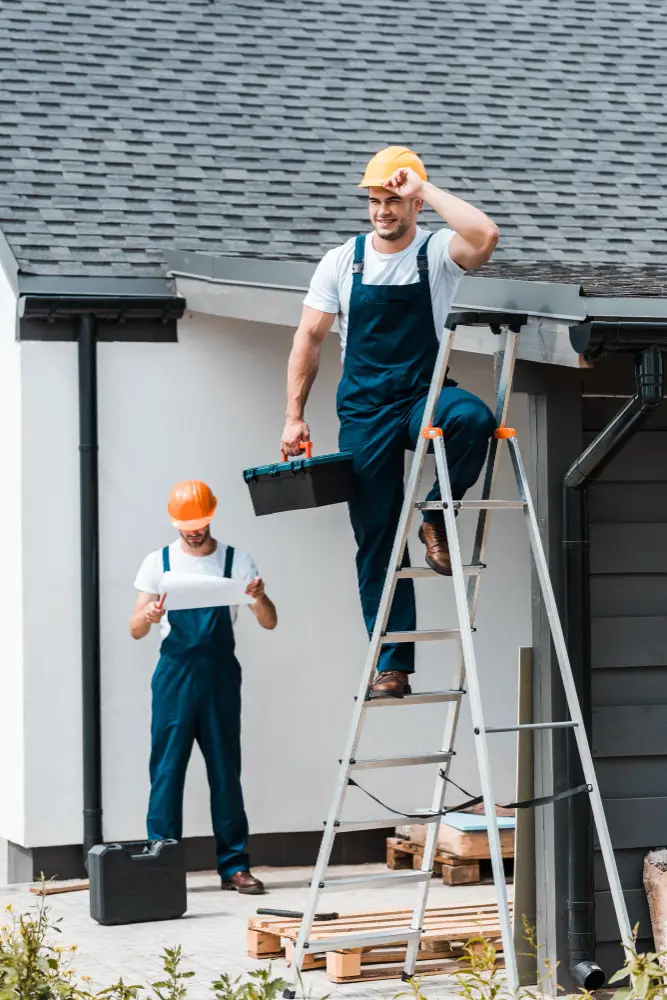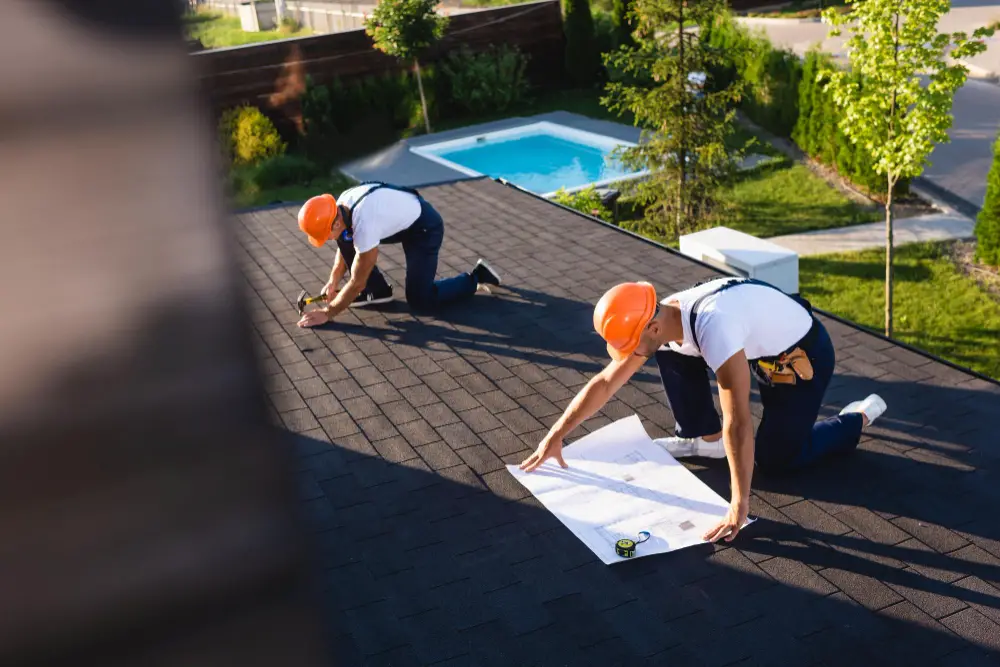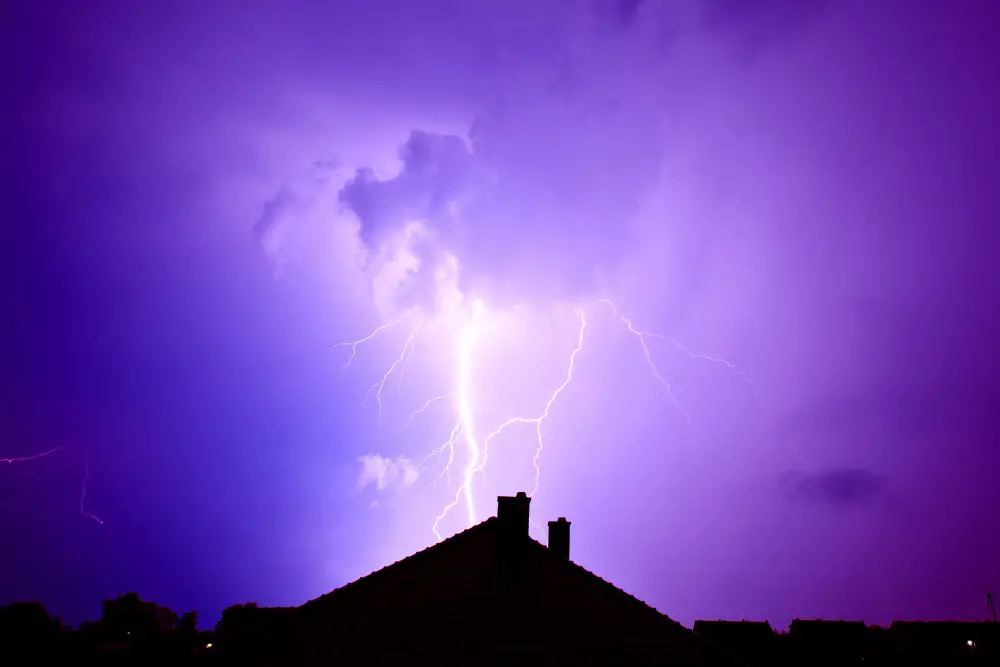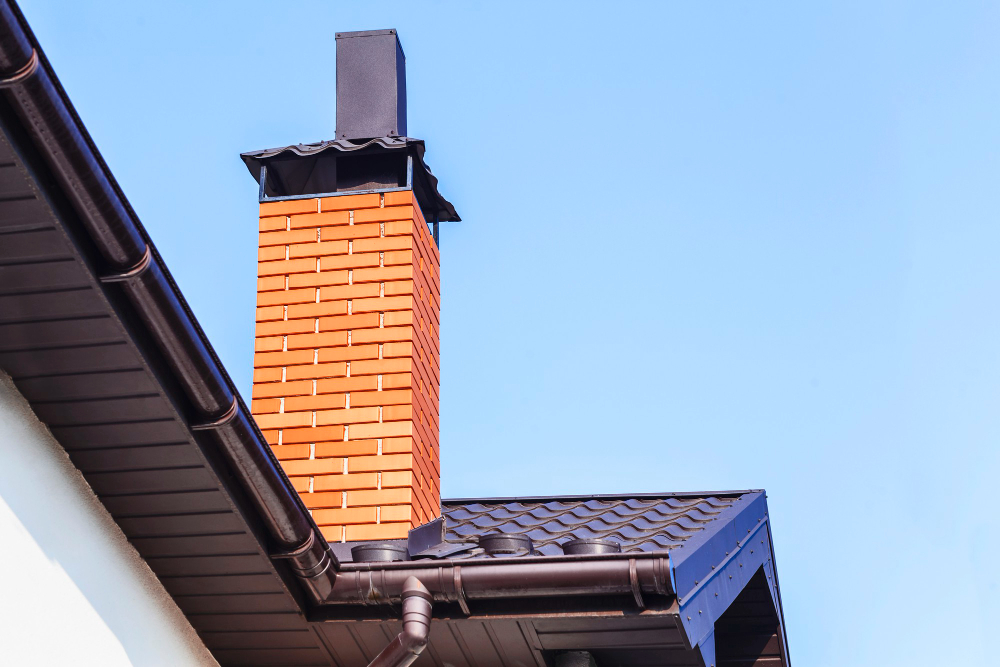Last updated on
Are the shingles on your roof curled, cracked, or brittle? Are there any missing tiles? Is there an excessive buildup of moss and algae? If you answered yes to any of these questions, it may be time to start considering replacing your roof.
Knowing when it’s time for a new roof is key to avoiding costly repairs down the road – but figuring out where and how to start can feel daunting. Fortunately, this blog post will provide you with tips on recognizing signs that your roof needs replacement so that you can make an informed decision about what’s best for your home.
What's Inside
Have Your Roof Inspected by a Qualified Professional

Your roof is an integral part of your home’s protection system, keeping you safe from the elements. However, with time, it can deteriorate due to harsh weather conditions, lack of maintenance, or other factors. That’s why it’s important to have your roof inspected by a qualified professional regularly.
A thorough inspection can spot any potential issues that need to be addressed before they become costly repairs or even replacements. Even seemingly small issues like missing shingles or cracked tiles can lead to significant damage in the long run. By having your roof inspected by a professional, you can have peace of mind knowing your home is protected from the top down.
If you’re replacing your roof, it’s also a good idea to have it inspected by a professional before starting the replacement process. They can provide you with valuable information and recommendations on the best materials and techniques to use for your specific roof.
Look for Signs of Deterioration

Your roof is an essential part of your home’s defense against the elements, so it’s important to check for signs of wear and tear regularly. If you spot broken or missing shingles, cracked flashing, or bare spots on the roof, it’s a clear indication that your roof is deteriorating.
These issues may seem minor, but they can quickly lead to bigger problems such as leaks and water damage. By identifying signs of deterioration early on, you can take action to prevent further damage and protect your home. Make sure to inspect your roof regularly, especially after inclement weather, to keep your home safe and secure.
Inspect Your Roof after a Major Storm

When a major storm hits, it’s important to make sure that you and your family are safe and sound. But once the storm has passed, it’s important to assess the damage to your property as well.
One area that often bears the brunt of heavy winds and rain is your roof. That’s why it’s crucial to inspect your roof after a major storm. Even if you don’t notice any obvious damage from the ground, there may be hidden issues that could lead to more serious problems down the line.
By taking the time to carefully check your roof, you can ensure that any necessary repairs are made before they become bigger and more expensive issues. So next time a storm rolls through, take the time to give your roof a thorough inspection and protect your home for the future.
Examine the Flashing Around Chimneys and Vents

Maintaining a secure home requires attention to even the smallest details. One key area to inspect regularly is the flashing around chimneys and vents. Over time, weather and wear can cause gaps to form in the flashing, allowing water to seep into your home.
A careful examination of the flashing can reveal any signs of weakness or damage that need to be repaired promptly. By taking the time to ensure the flashing around your chimneys and vents is secure, you can protect your home from water damage and enjoy peace of mind knowing your home is secure.
Check for Standing Water on Your Roof
Checking for standing water on your roof is a smart move to ensure that your roof stays in good shape. Not only does standing water indicate a potential leak, but it can also lead to more significant damage to your roof. Water can seep into your shingles, underlayment, and even the attic space causing mold and rot.
By identifying standing water on your roof, you can address any issues before they lead to costly repairs. Be sure to perform regular inspections, especially after heavy rain or snow, to keep your roof in top condition.
Taking the time to regularly inspect your roof can help you catch any signs of deterioration before they cause serious damage. If you’ve seen broken shingles, cracked flashing, or bare spots on the roof, you should have a professional come take a look at the structure to see if repairs are needed.
It’s even more important to do regular inspections after major storms and look for standing water that may be an indication of a leaky roof. Don’t wait until it’s too late! Protect one of your home’s most important investments by taking the time now to make sure your roof is in good shape.
Contact a qualified professional today to schedule an appointment and get peace of mind knowing that your home is being taken care of.




